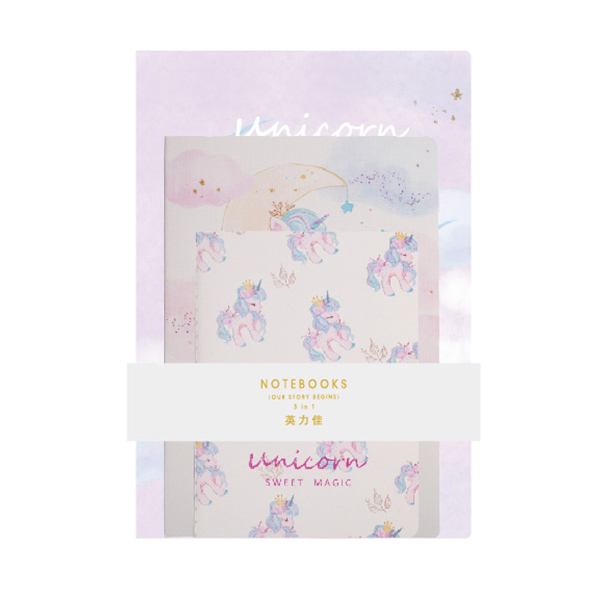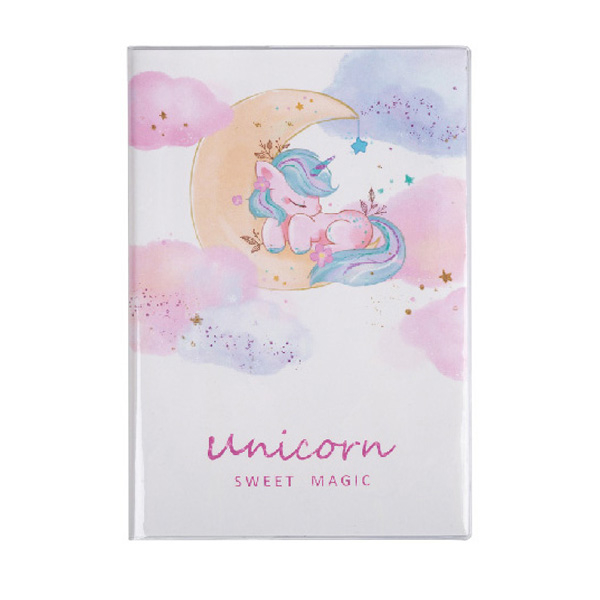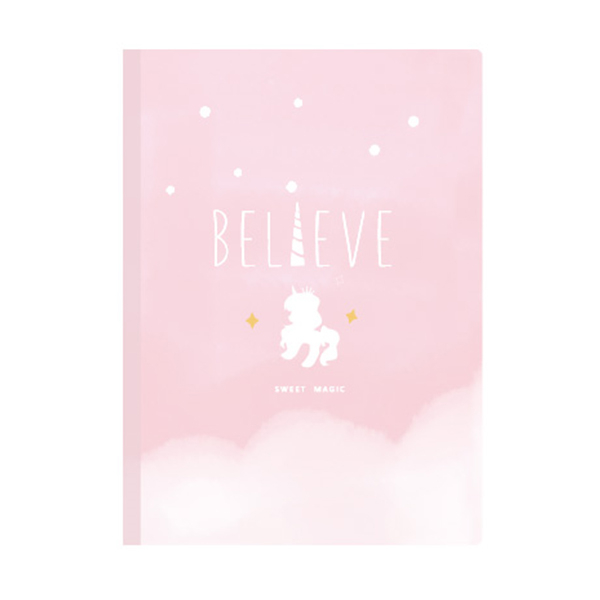Notebook cover materials commonly used are the following:
1. The leathers commonly used in the market are leather, ordinary PU and PU discolored leather. The price and quality are just from high to low. The characteristics of leather are not suitable for complicated patterns. Some simple patterns can be printed, such as logos, business unit names, etc. You can choose the appropriate leather according to your needs;
2. Followed by PP and PVC, this material makes the notepad very fashionable because of its characteristics; because it is a plastic material, the pattern is difficult to add a little, but it is made transparent, and the coloring page will be used to set off The most important thing is that the plasticity of plastic is higher than other materials;
3. This book is the most paper product. Of course, the cover can also use jammed paper. There are white and black cards. As a paper material, the pattern printing is very free. Generally, as long as it is designed, it can be printed on it. Because white cardboard is white, it supports printing in all colors, while black cardboard is not so obvious due to its black background color, which can be selected according to the actual situation;
4. Kraft paper is special and can be used for both the cover and inner pages, depending on the thickness. The color of kraft paper is yellow, so that the color system will be limited. Its characteristic is that the form of kraft paper will look classic and historical throughout the book, so you can choose this type of pursuit of personality.
5. The largest type of book is the hard copy with special paper as the cover. There are many types of hard copies, and those that cannot be achieved by ordinary printing methods can be achieved with special paper. The largest of these is coated paper, which is a type of imaginary patterns that can be printed arbitrarily, and even can be wrapped with sackcloth to make the book unique; the disadvantage is that the book does not have a high-grade leather surface.
What are the differences between notebook covers



 英语
英语 西班牙语
西班牙语












